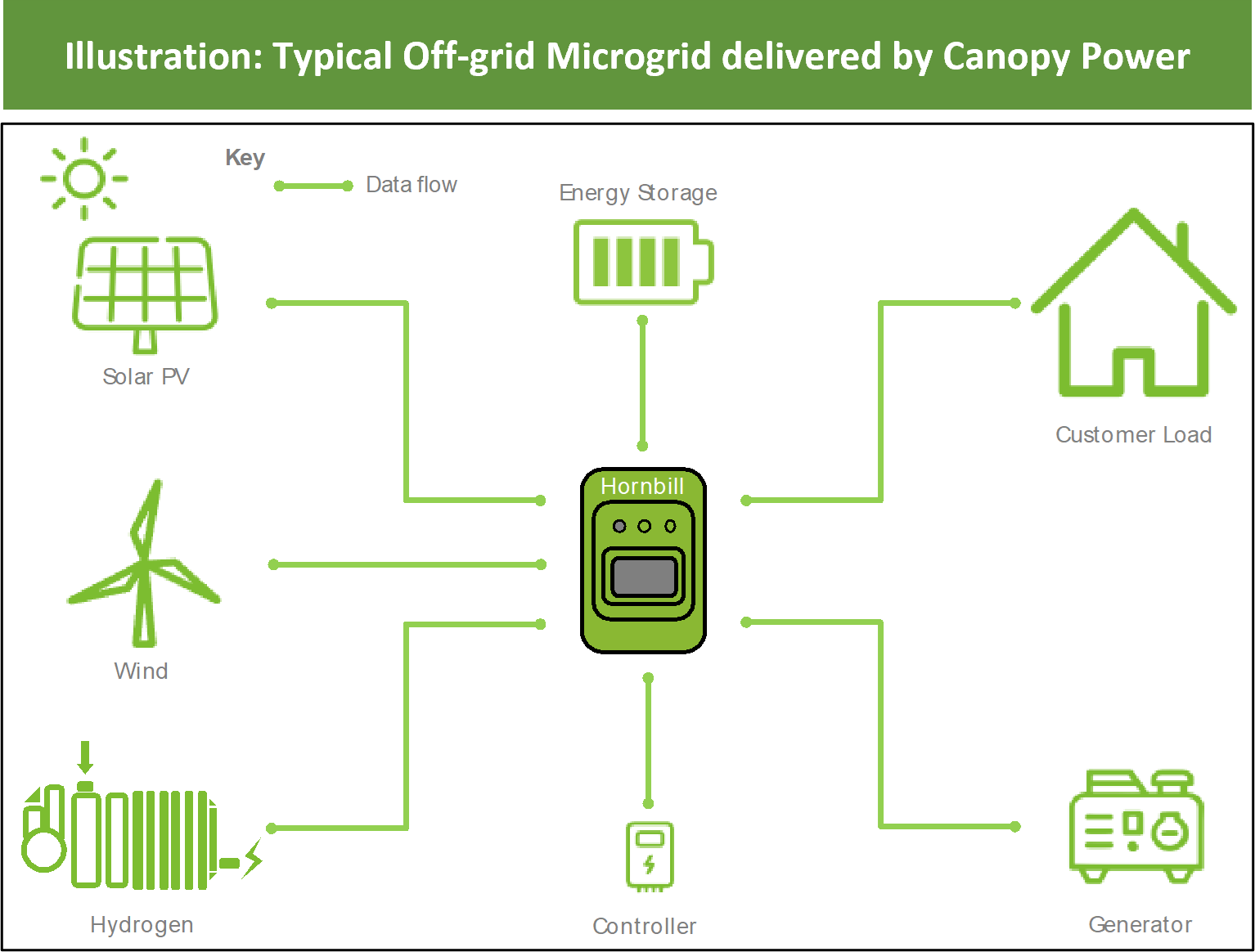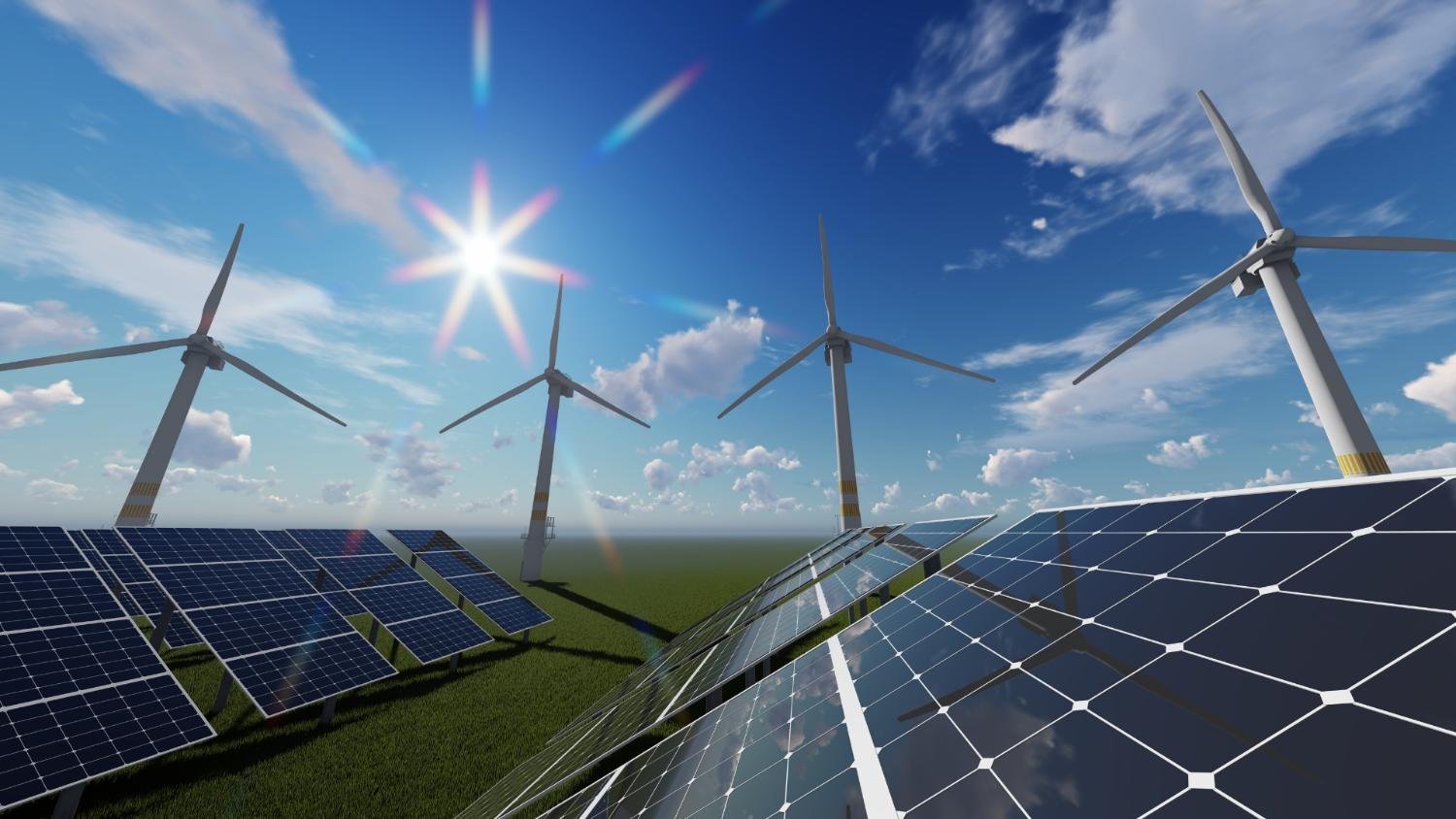What is a Renewable Microgrid?
A renewable microgrid is generally a stand-alone power system that generates and supplies electricity to multiple customers. Power may be supplied by a mix of renewable energy sources - the existing grid, local conventional generation and an energy storage device, possibly combined with behind-the-meter generation and storage. It has clearly defined electrical boundaries and acts as a single controllable entity with respect to the grid.
A grid-connected microgrid can connect and disconnect from the grid to enable it to operate in both grid-connected or ‘island’ (stand-alone) mode.
Renewable microgrids are proven technology providing local energy solutions improving the reliability and boosting resilience of regional and remote communities, while enabling decarbonization and energy independence.
Renewable microgrids are a proven tool in providing affordable and clean energy to communities, a Sustainable Development Goal (SDG 7).
Renewable Microgrids also support other SDGs including such as SDG 9: Industry Innovation and Infrastructure, SDG 10: Reduce Inequalities, SDG 11: Sustainable Cities and Communities, SDG 12: Responsible Consumption and Production, and SDG 15: Life on the Land.




